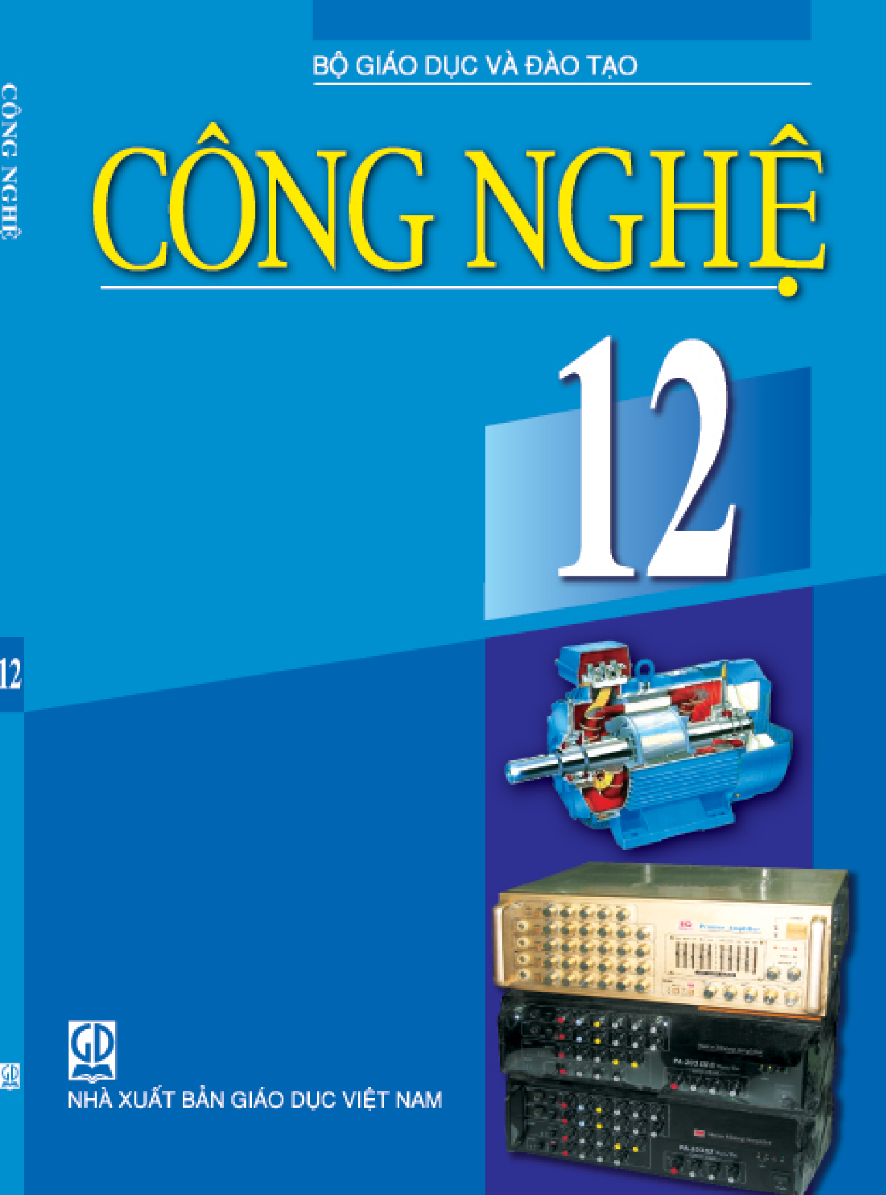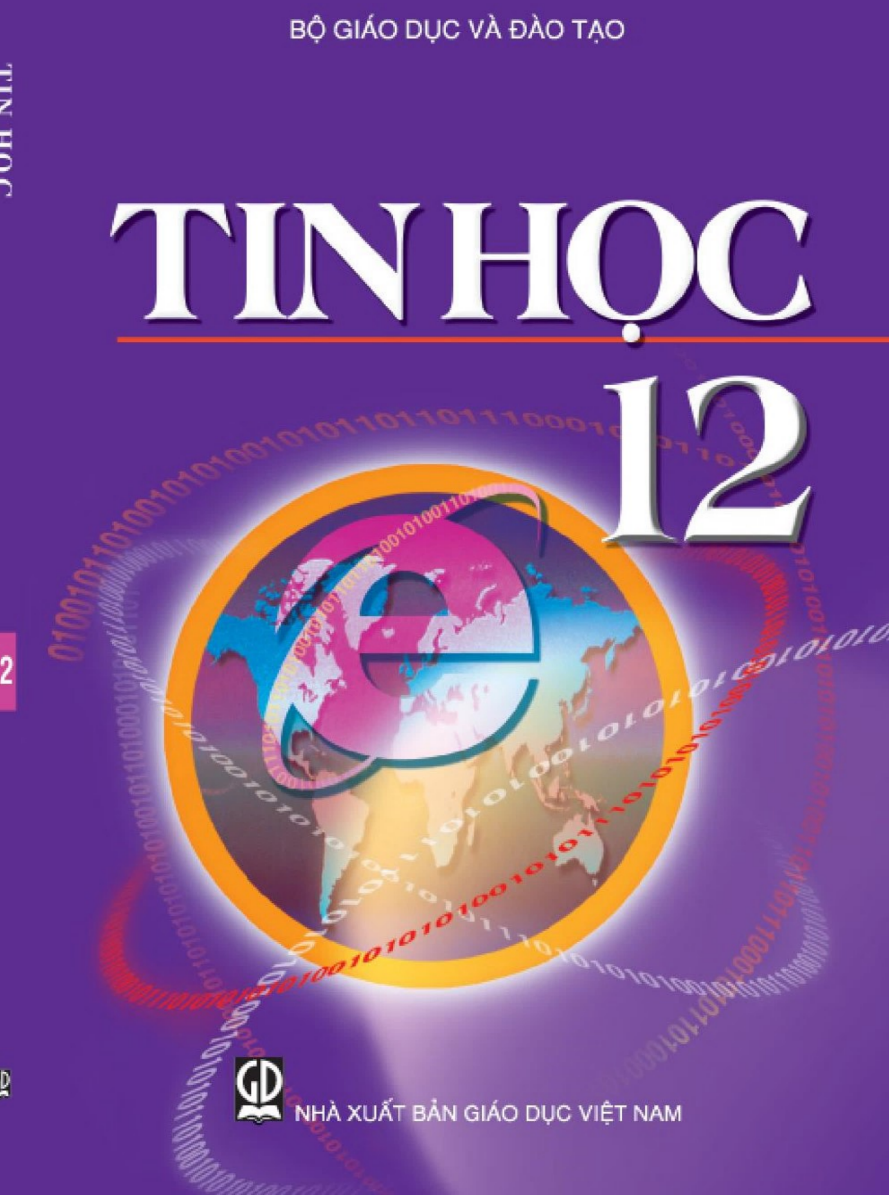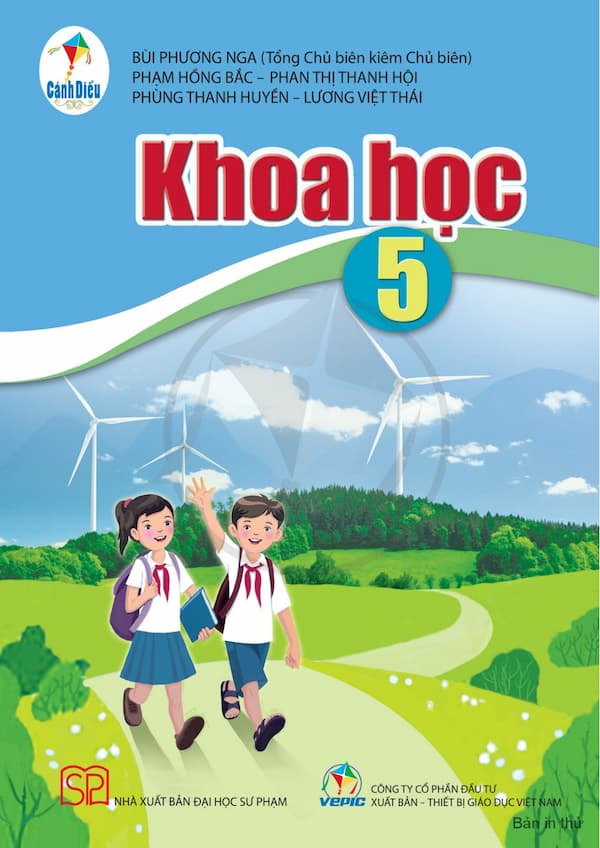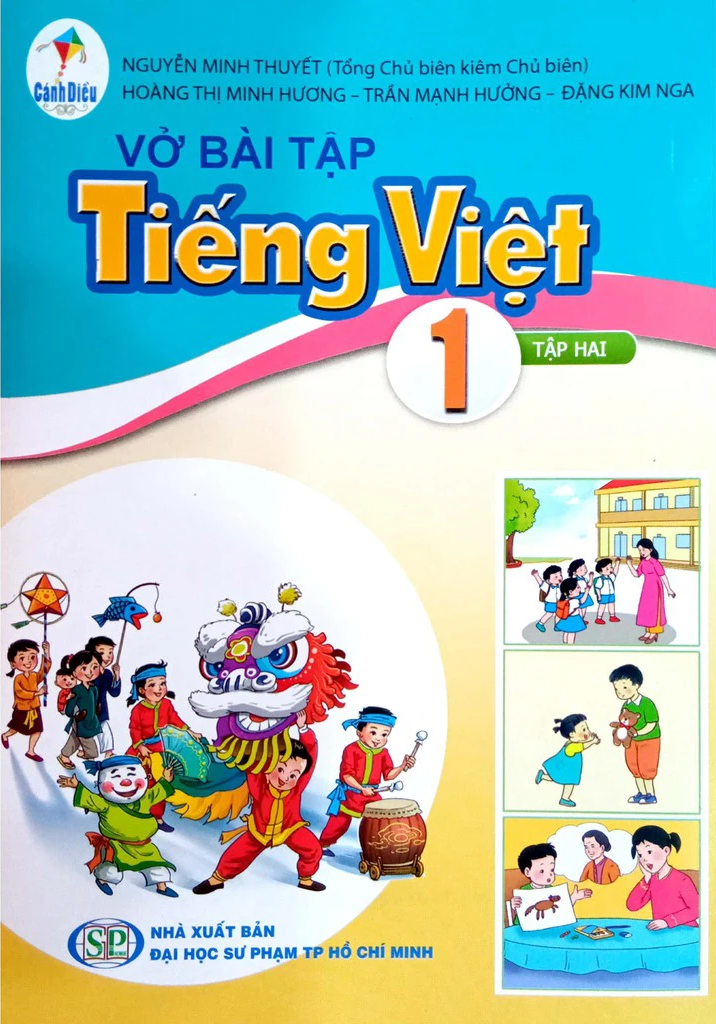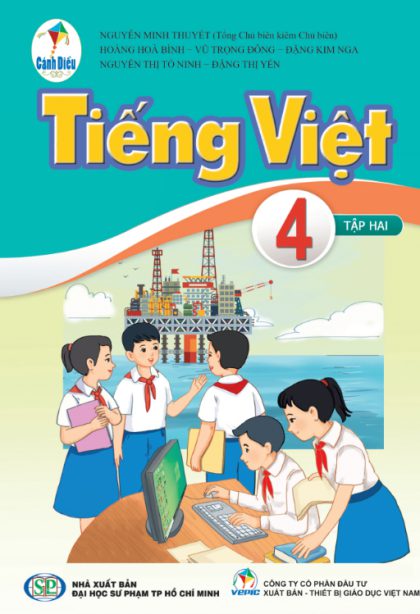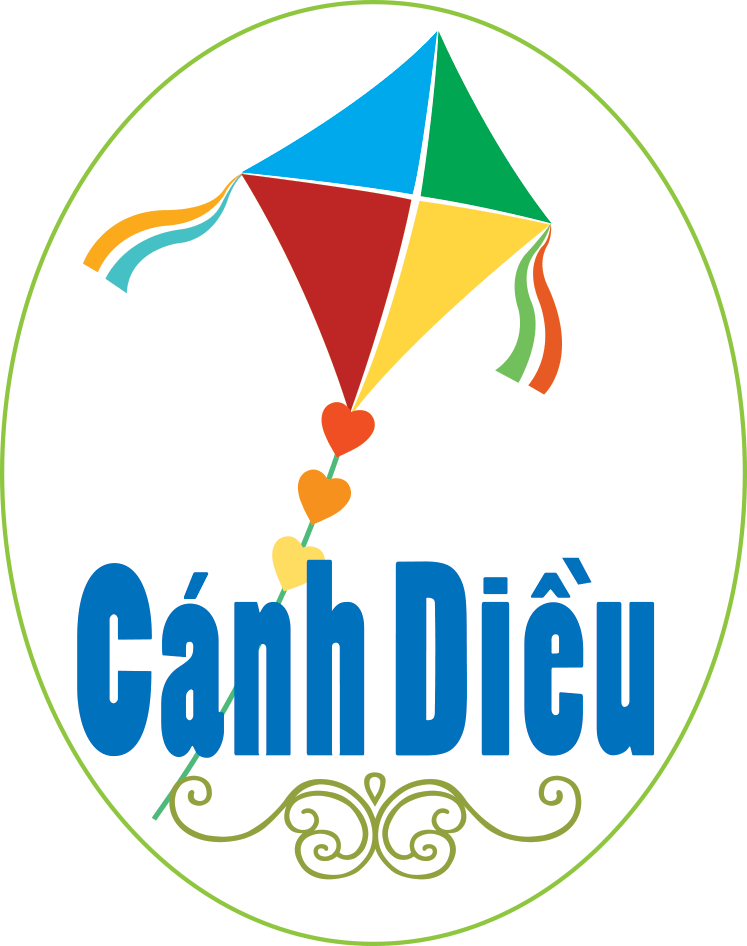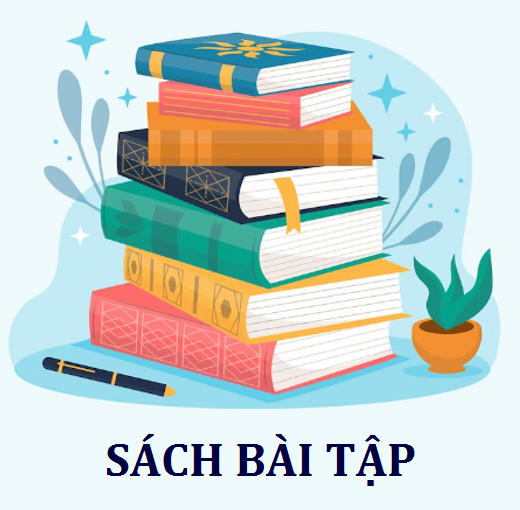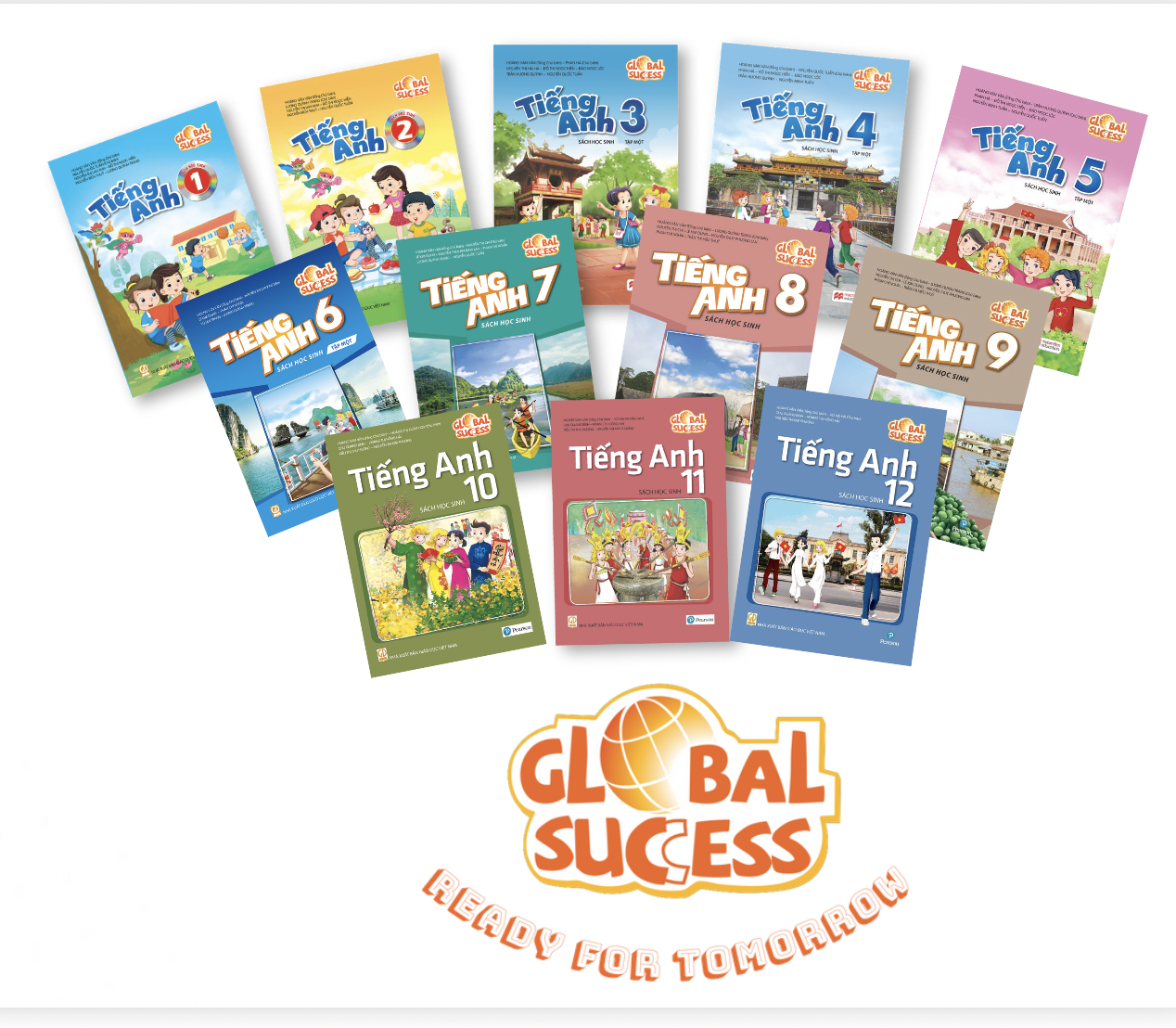(Page 82)
IV. SPEAKING
Applications of Al in education
1. Work in pairs. Match each Al application (1-5) with its purpose in learning (a-f). There can be multiple correct answers.
| 1. speech recognition | a. support students with disabilities |
| 2. educational robots | b. develop problem-solving skills |
| 3. virtual reality | c. check pronunciation |
| 4. Al-powered games | d. develop programming skills |
| 5. chatbots | e. provide personalised support |
| f. provide interactive forms of learning |
2. Work in groups. Discuss the questions. 
1. How can each application in 1 be used in education?
2. What are the advantages and disadvantages of each application?
Example:
A: What do you think about chatbots?
B: I think a chatbot app is an effective application because it can help students understand difficult concepts and provide instant and personalised support throughout the course.
C: I agree. If available, we can use it during and after classes to clarify points and get feedback on homework.
A: Yes, but there are also disadvantages. Chatbots may not be able to answer complex questions that need making decisions.
B: In addition, if learners always wait for ready-made answers, they may become lazy and may not develop critical thinking skills.
C: That's a good point. Chatbots can't replace human interaction and lack personal connections.
3. Prepare a summary of your discussion and report to the whole class.



